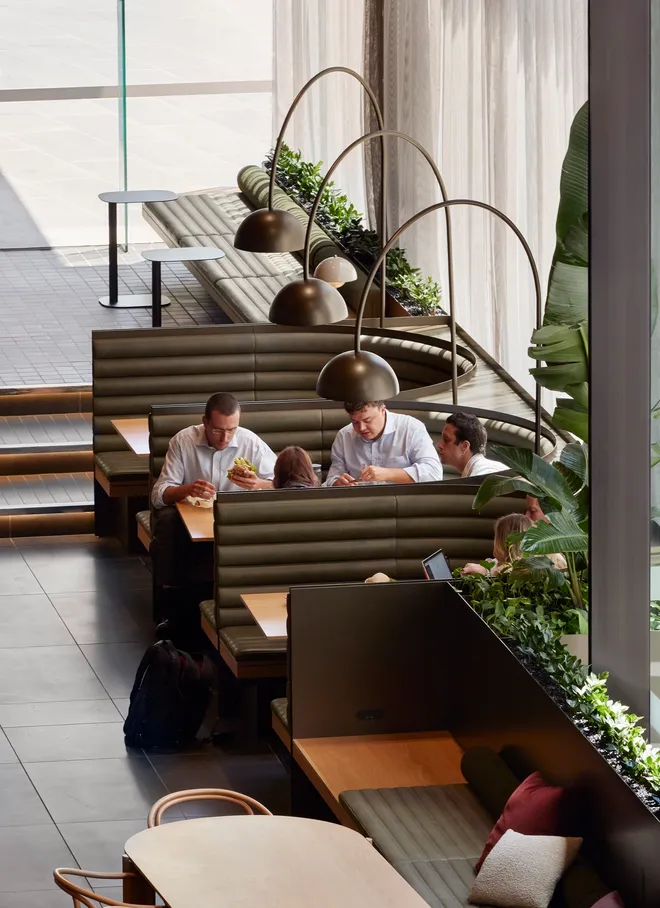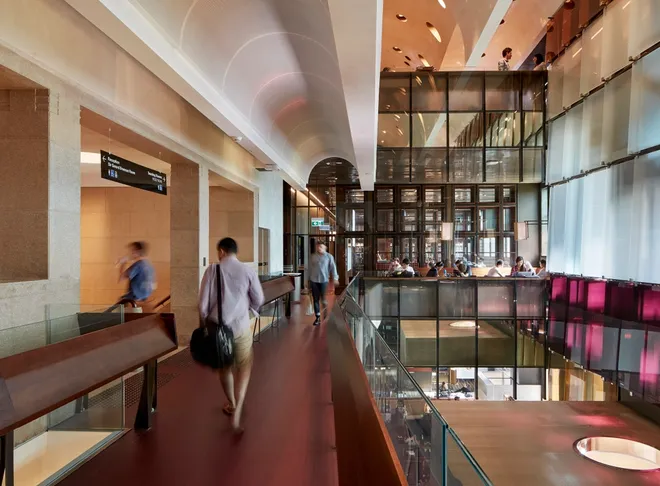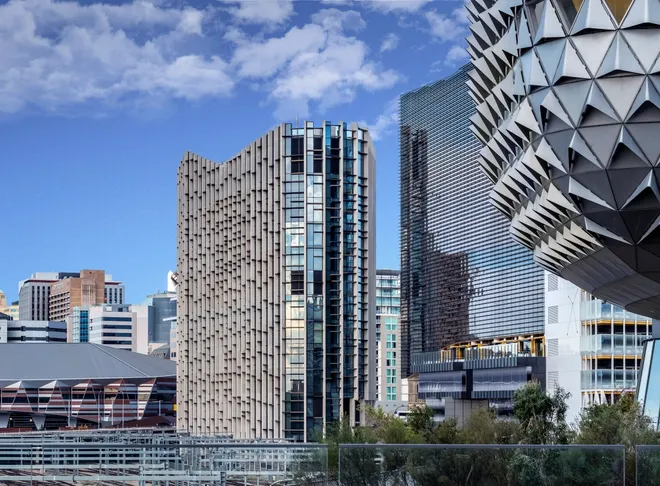Architecture, Interiors
A symbol of prosperity, cooperation, commerce and career-making, UQ and BVN’s adaptation carefully preserves the old bank’s cultural and historic value while opening its doors to a new generation of entrepreneurs and changemakers.

Built between 1881 and 1924 the National Australia Bank is regarded as one of the most significant heritage buildings in Brisbane, designed by revered Queensland architect Francis Drummond Greville Stanley.
Housed within the campus are major departments of UQ’s schools of Business, Economics and Law. Expanding UQ’s presence in the CBD, the project fosters greater connection between students, staff, alumni and industry partners.
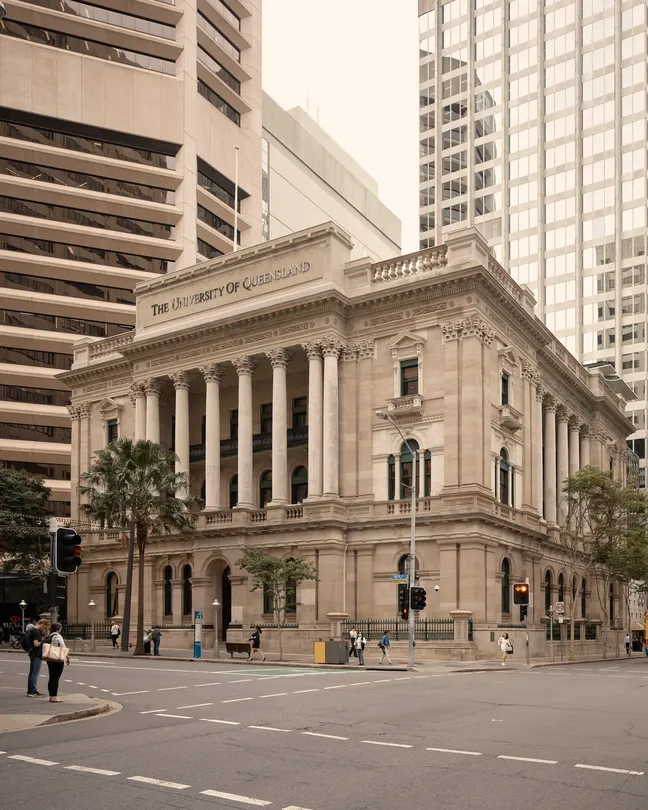
In 2006, National Australia Bank sold the building, known as The Chambers, and the new owners constructed The Tower, designed by architects Donovan Hill. An adjacent eight storey office block, its sympathetic facade references the colours and forms of its heritage neighbour. Later, BVN merged with Donovan Hill and the original staff from the Tower were reacquainted and in part able to apply their previous understanding of the site and the relationship between the two buildings.
UQ acquired both buildings in 2019, marking a new phase in the evolution of the site.
The Chambers, a grand structure fortified by its rows of giant order columns, was an austere, largely private and closed space.
The campus transformation has turned these imposing elements into features that attract and invite. Open to all UQ alumni, it’s an engaging and accessible space for learning, teaching and gathering, building on the sense of community so important to UQ’s ethos.
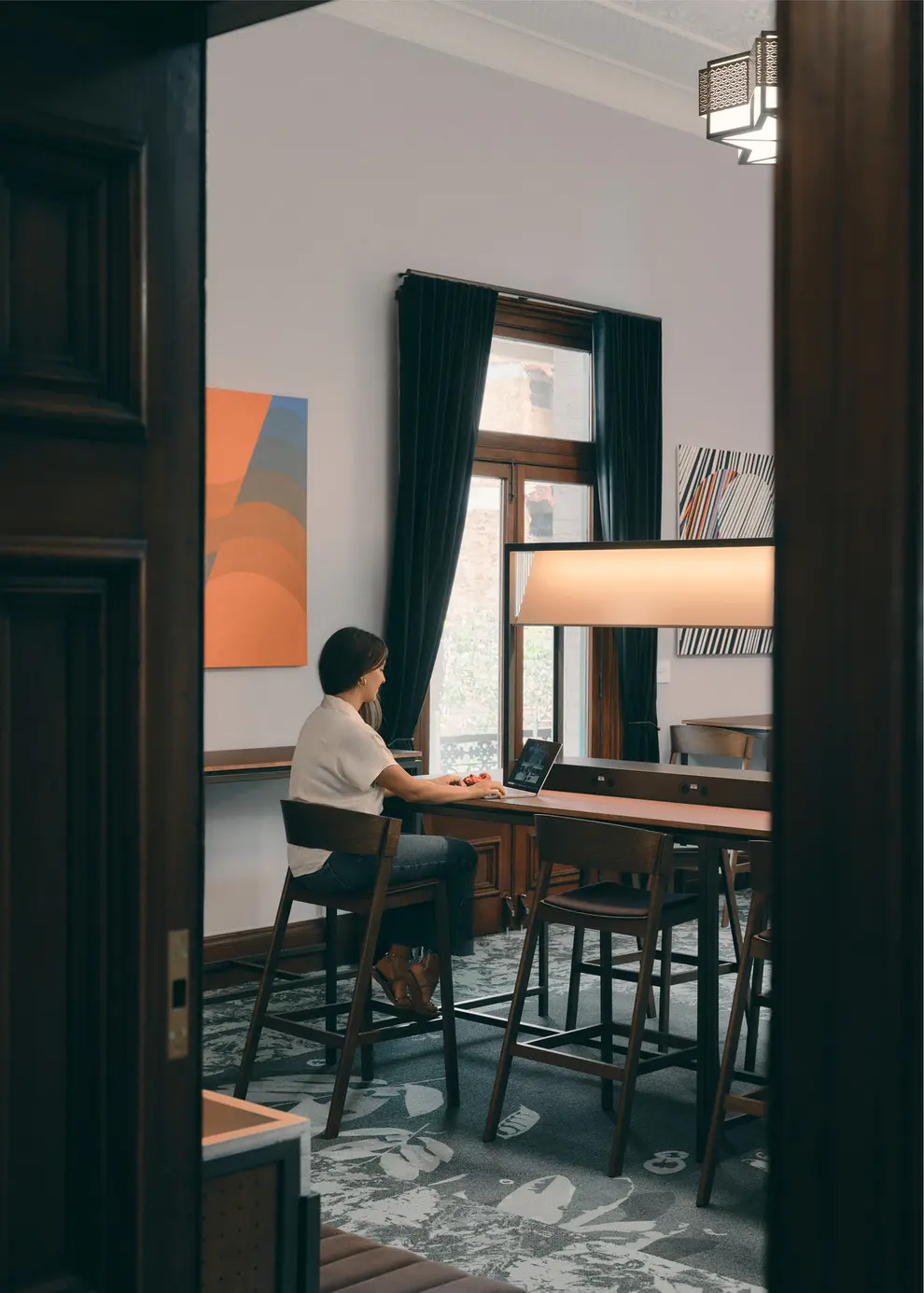
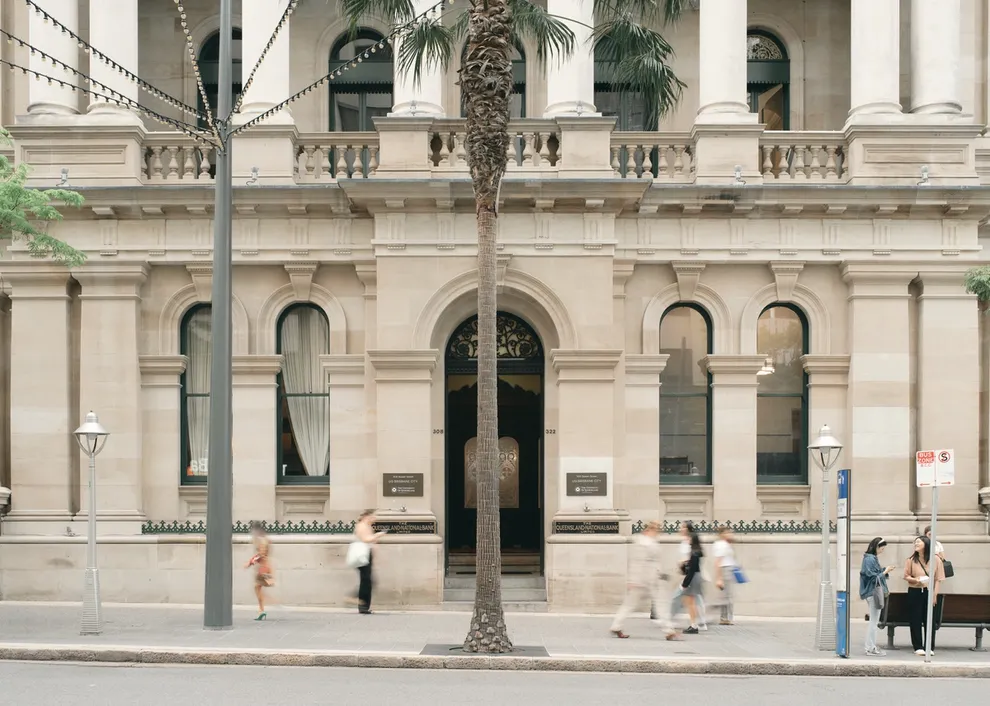
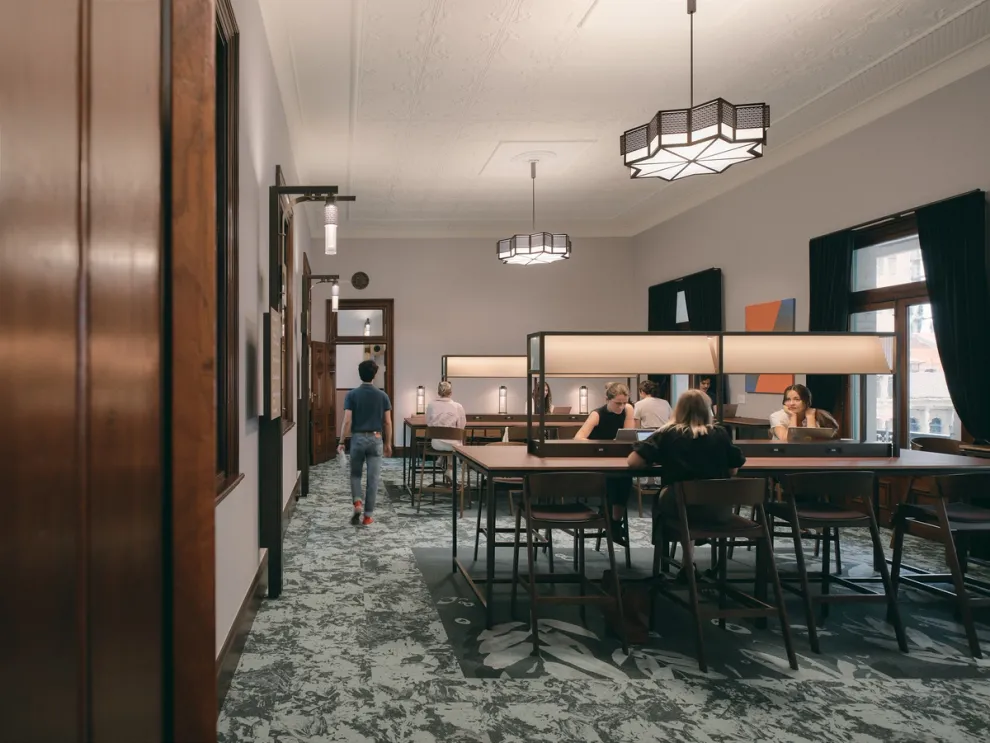
Heritage restrictions meant refurbishing the interiors required careful consideration. The upper levels of The Chamber consist of former offices with ornate walls and ceilings. Upgrading services in these rooms proved particularly challenging. We employed a strategy of relaying and raising the timber floorboards to allow ventilation, wires, cabling and other additions to be fed entirely from the floor, avoiding alterations to the heritage decor.

The comparatively open ground level (now known as The Atrium) provided an opportunity to showcase the living, evolving side of the project, by complementing and contrasting the heritage layers with contemporary artwork, furniture and lighting.
The Atrium’s restored 1880s marble floors are set dramatically beneath an ornate glass ceiling dome comprised of geometric shapes. The dome is the second in the building’s history. The original, which featured crimson and violet stained glass, was replaced during the 1920s remodelling of The Chambers.
During their research, the design team discovered a fortunate similarity between the colour of the old dome and UQ’s official purple hue. In reintroducing the vivid colours, we inserted a thread of continuity into the building’s story – a celebratory visual link between past and present. Incorporating the shapes on the existing dome in carpets, benches and tables helped tie several themes and historical layers together.

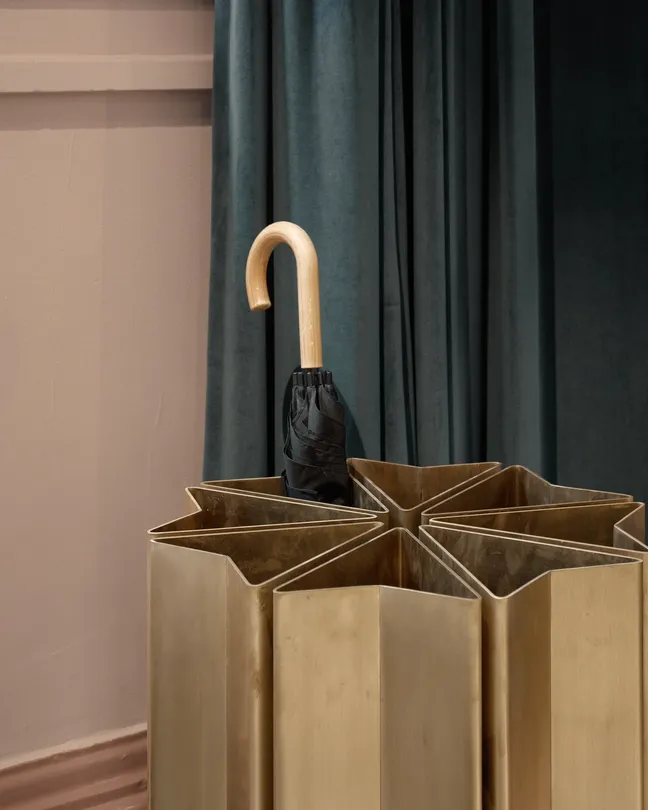
Considering ways to apply First Nations design principles to an ostensibly colonial era building in the heart of the CBD, the queston was raised:
How do we bring together the various layers of history, culture, identity and place within the constraints of the project?
We were prompted to find ways of weaving an additional palette – one drawn from Turrbal and Jagera Country - into the project’s predominant colonial layers.
We pursued a strategy of suffusing and overlaying the heritage interiors with colours, furnishings and motifs that reference the local landscape.
In rooms where the palette was determined by existing heritage fixtures, we sought out complementary colours and patterns derived from the native flora and embedded them into the floor finishes 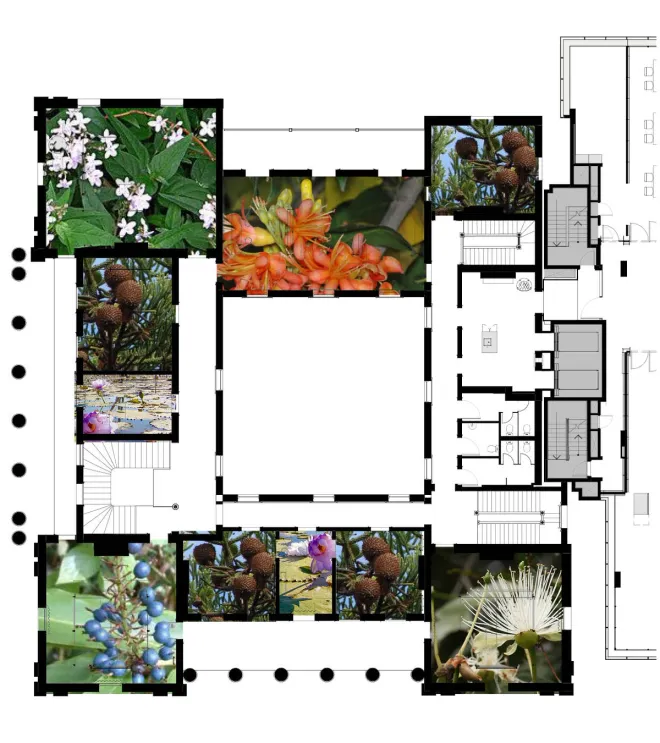
The campus comprises three main types of spaces – engagement spaces, creative suites and teaching suites.
The main engagement space is The Atrium. A conference, collaboration and co-working space, it serves as an informal meeting area and a spacious, central venue for organised professional development, networking and event opportunities.
Surrounding The Atrium are two floors of creative suites. Previously private offices, these bookable rooms are configured for intimate meetings and creative sessions. Each has an identifiable colour scheme derived from the original Victorian fireplaces, adding another layer of warmth and character to these richly decorated spaces.
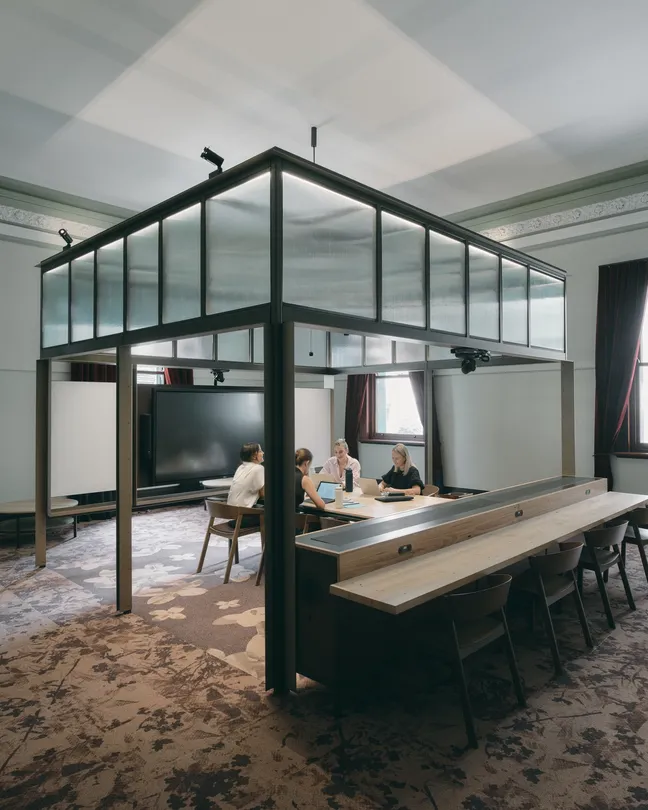
Free of heritage constraints, the adjoining tower provided the flexibility to cater to the university’s diverse and ever-changing educational needs. Home to the teaching suites, these elastic spaces
By adapting an old building that had outlived its original use, BVN has made a lasting contribution to the celebration and continuation of its history. Deeply considered design has given the treasured landmark new purpose and meaning, while carrying on the pioneering spirit on which it was first founded.
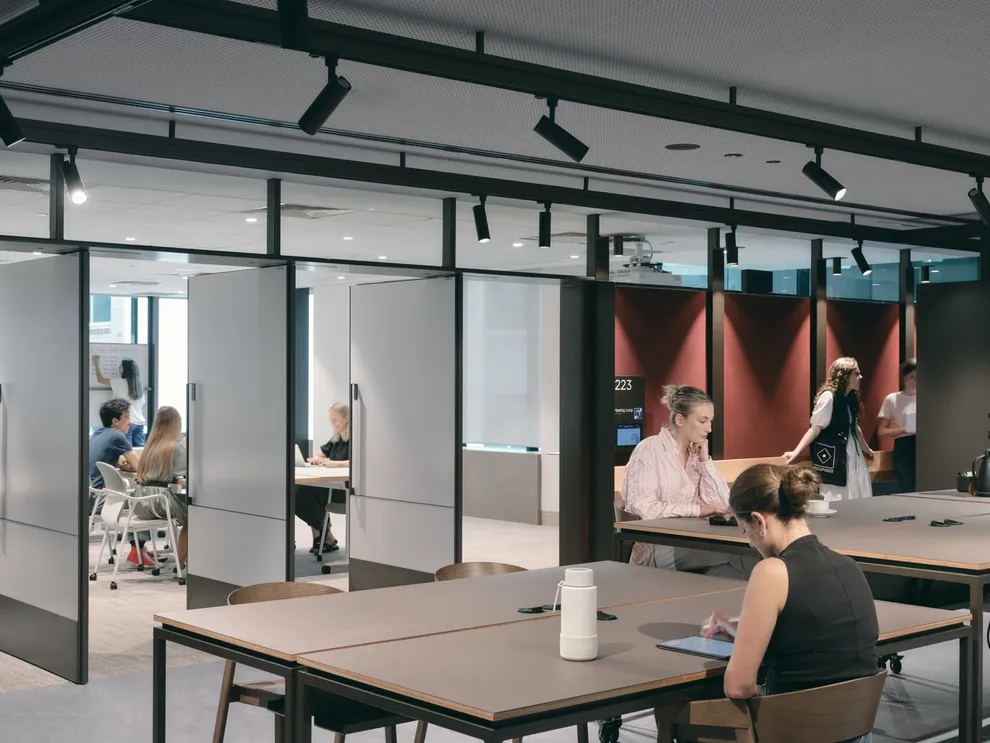

The Process

Exploring the many visually unique layers of the site: Creating conversations between old and new architectural styles using motifs inspired by history, cultural identity and nature
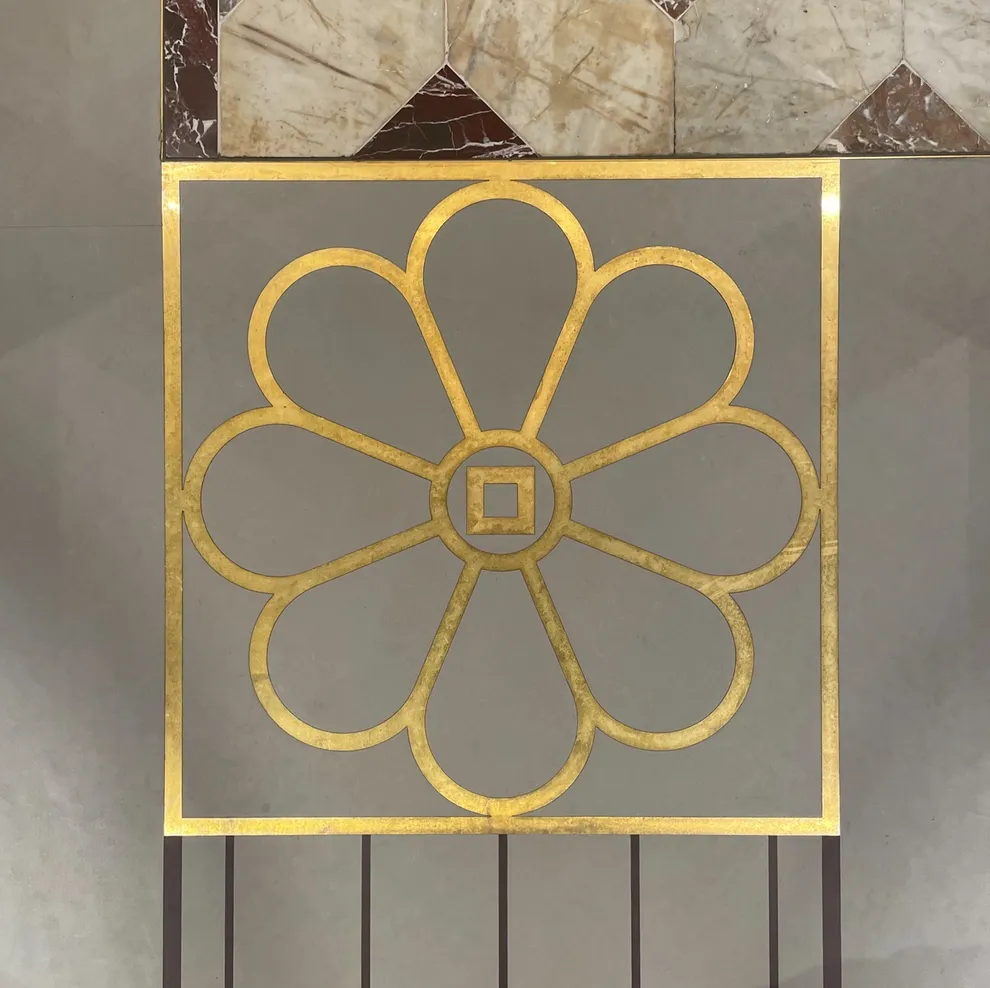
Complementary floor inlays added where the the original 1800s marble tiles were beyond restoration
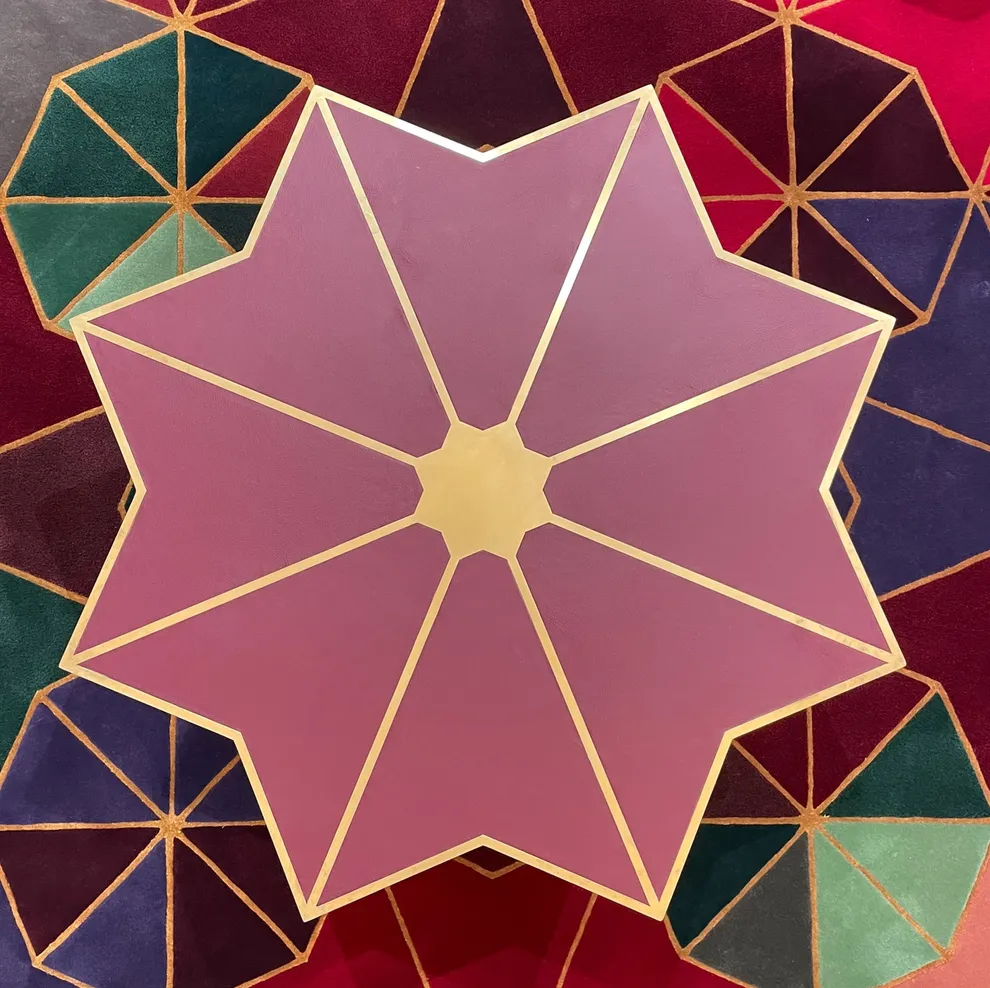
The rug pattern originates from the Maltese Cross emblem on the Queensland Coat of Arms. A signature design feature of the Atrium, the pattern carries through on the table tops, umbrella stands, host points and light pendants.
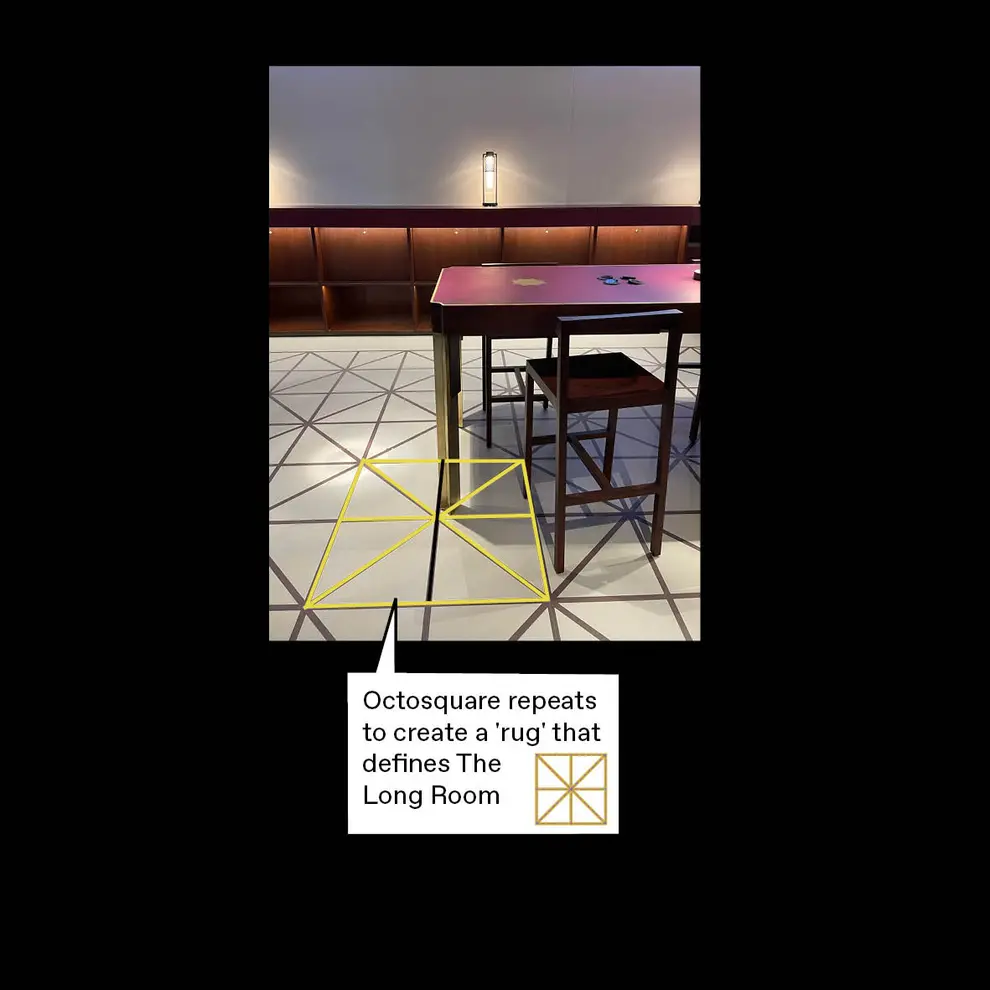
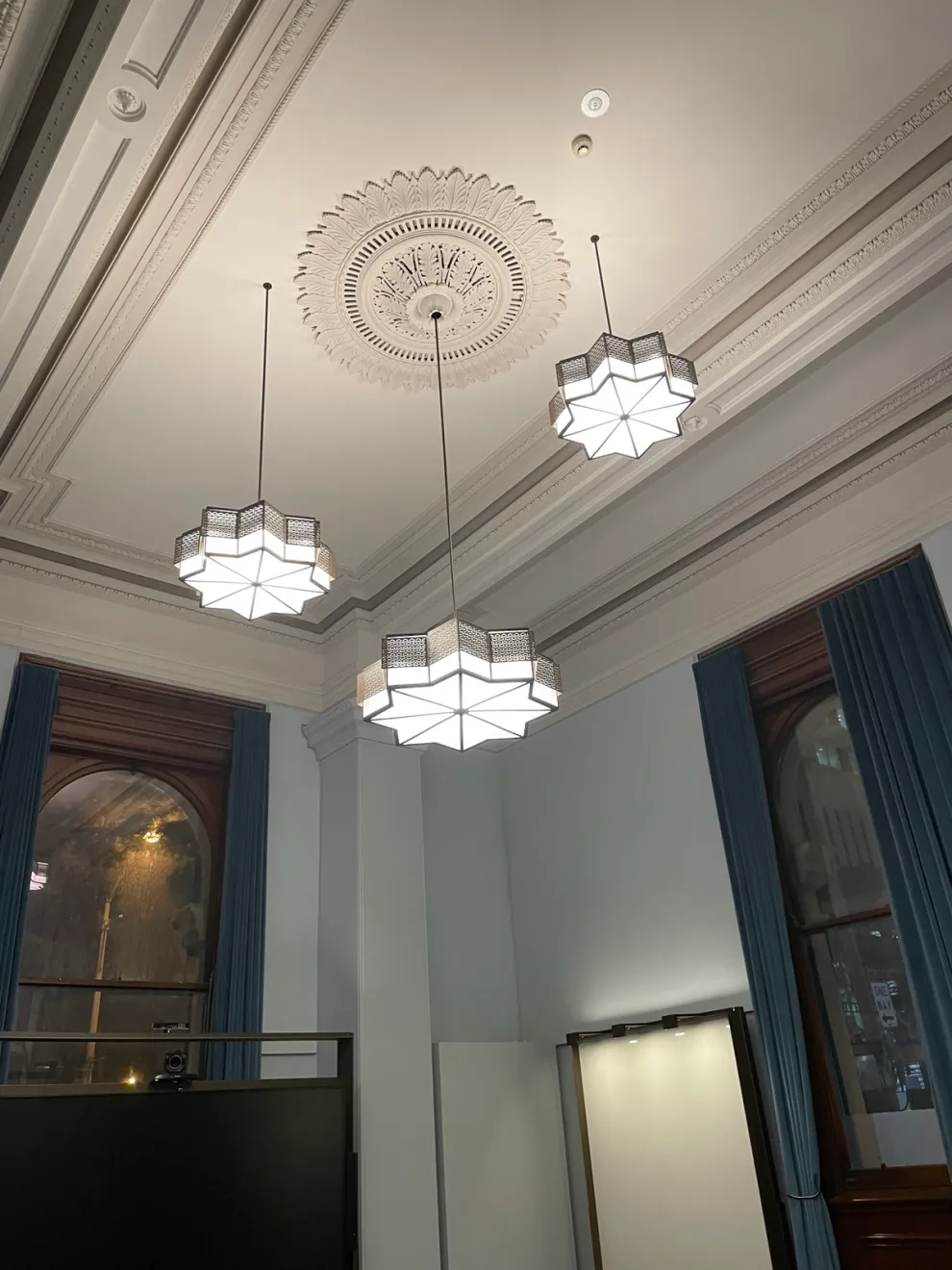
The octagonal pendants tie in similiar themes and design cues, including the lines and geometric shapes often associated with grand buildings of the era

Hoop pine pods showing their scale-like texture - one of many species on the site long before colonial inhabitation which we used to abstract joinery patterns


Exploring the many visually unique layers of the site: Creating conversations between old and new architectural styles using motifs inspired by history, cultural identity and nature
Complementary floor inlays added where the the original 1800s marble tiles were beyond restoration
The rug pattern originates from the Maltese Cross emblem on the Queensland Coat of Arms. A signature design feature of the Atrium, the pattern carries through on the table tops, umbrella stands, host points and light pendants.
The octagonal pendants tie in similiar themes and design cues, including the lines and geometric shapes often associated with grand buildings of the era
Hoop pine pods showing their scale-like texture - one of many species on the site long before colonial inhabitation which we used to abstract joinery patterns

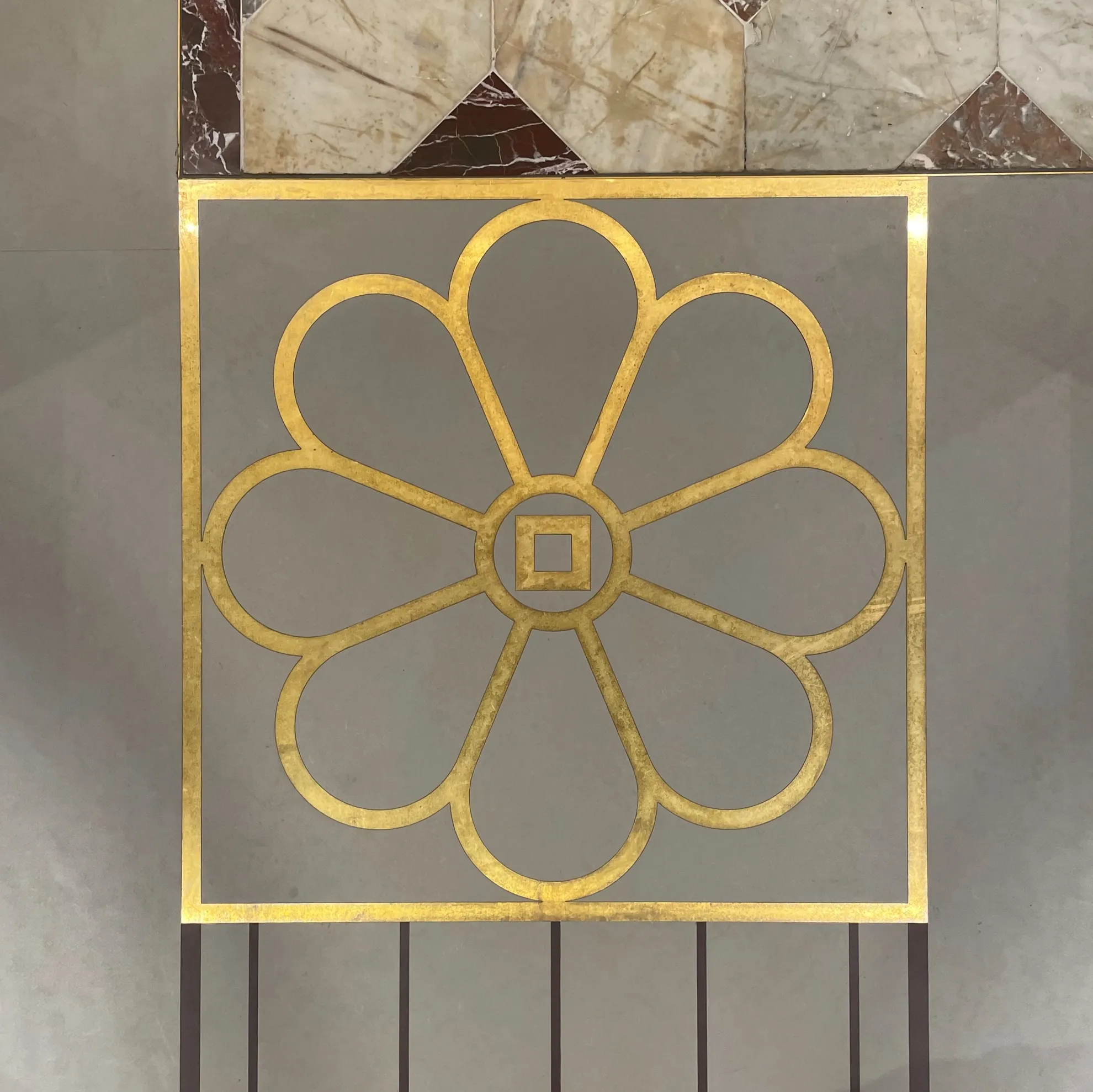
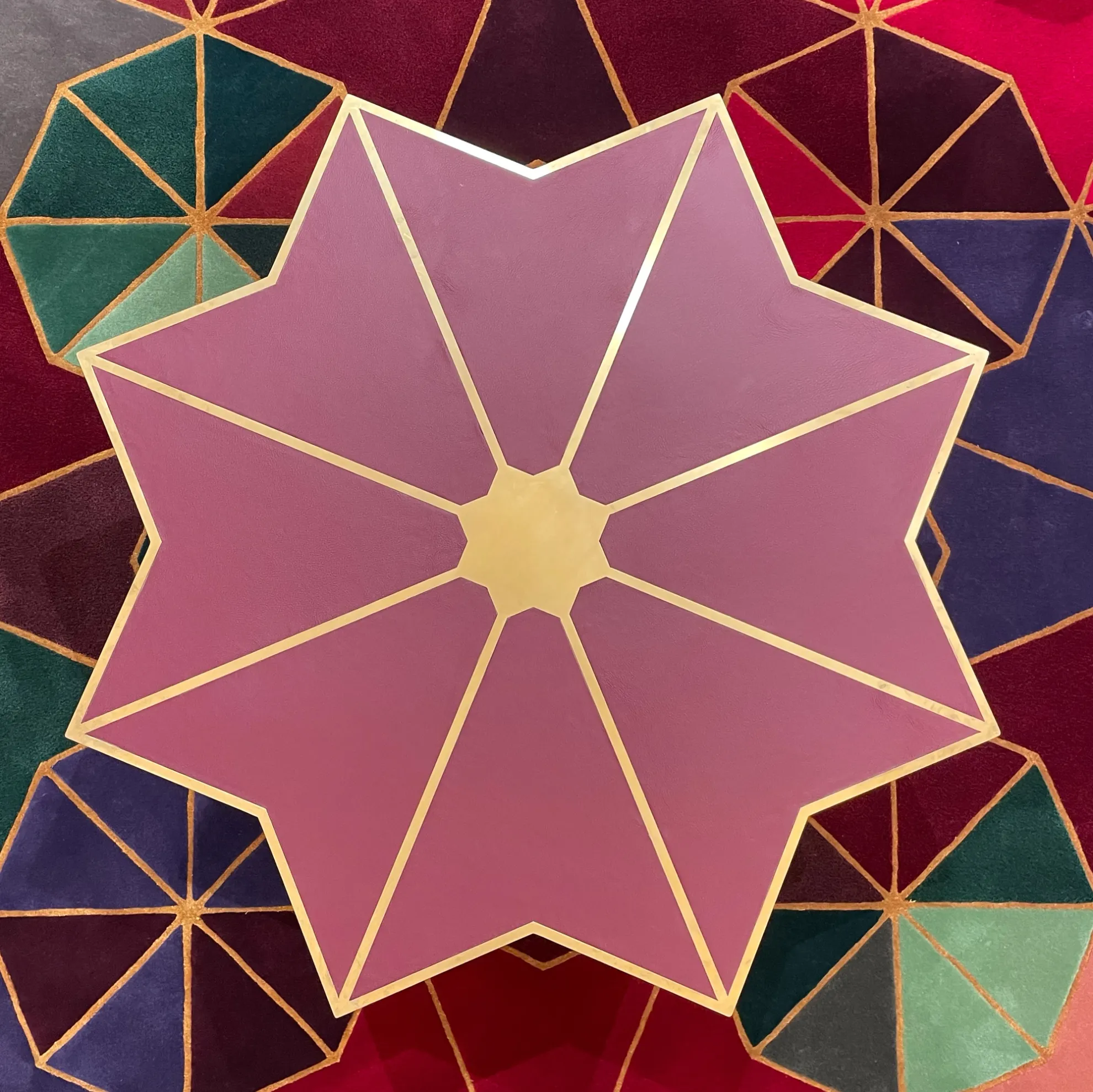

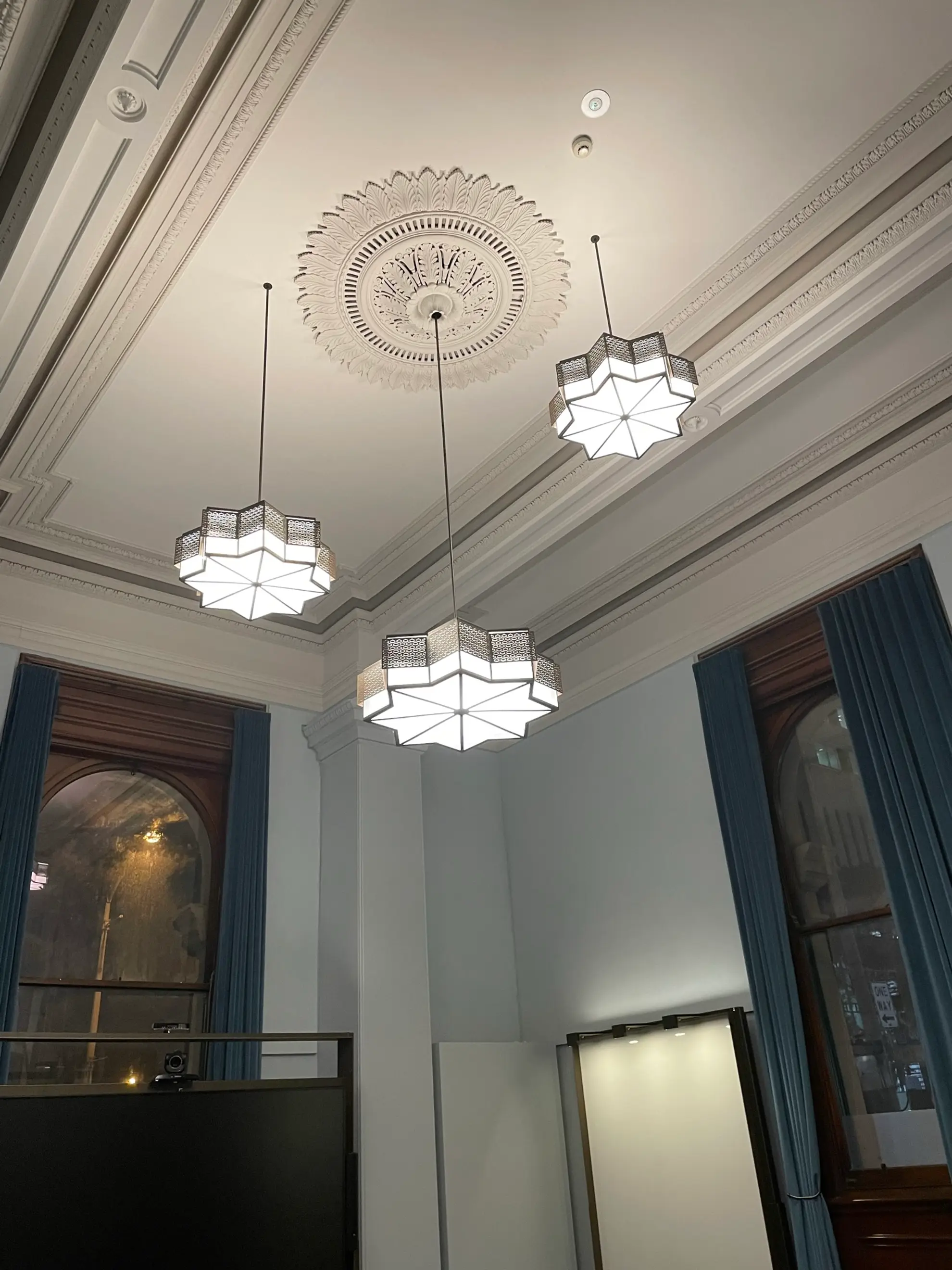
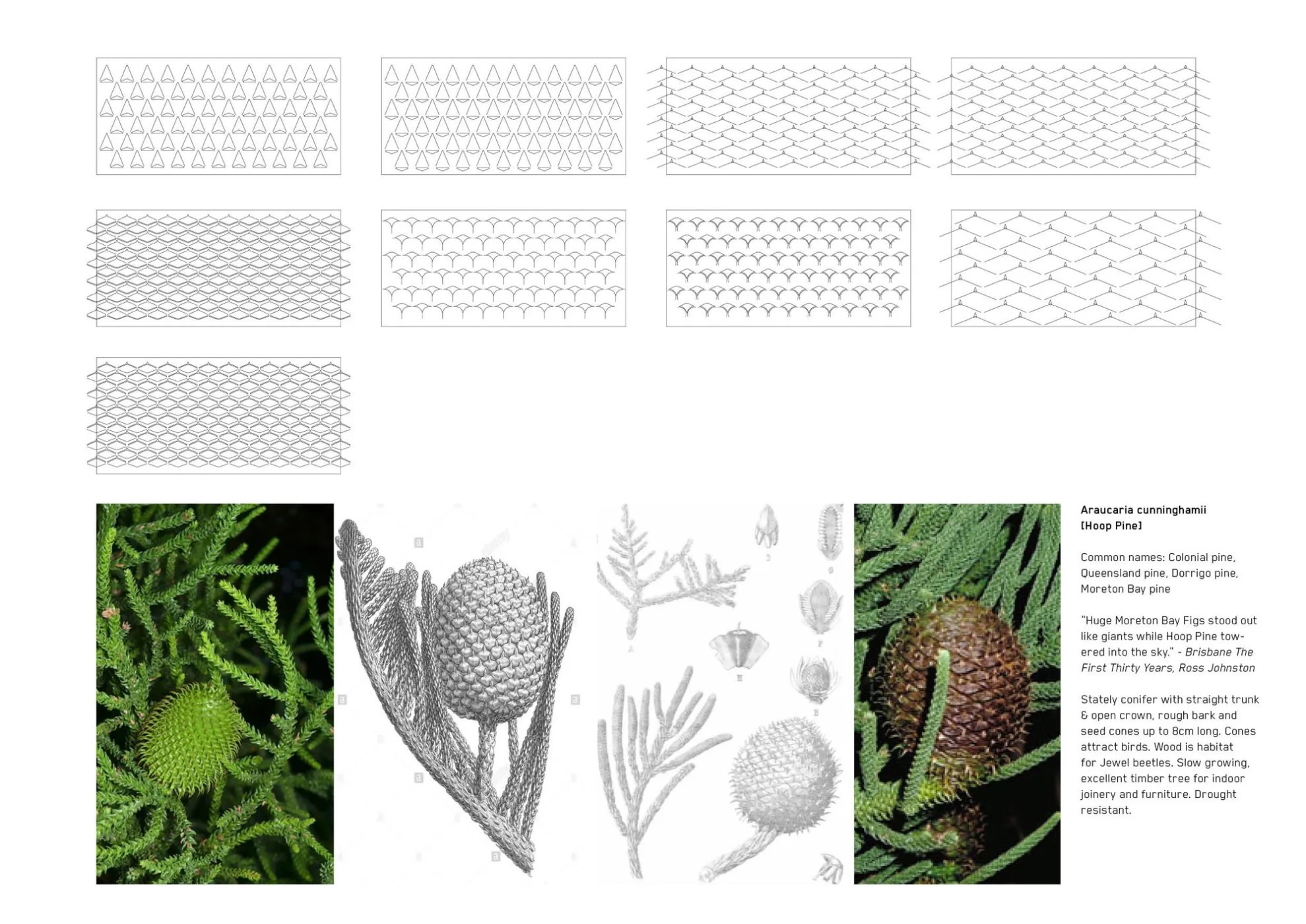
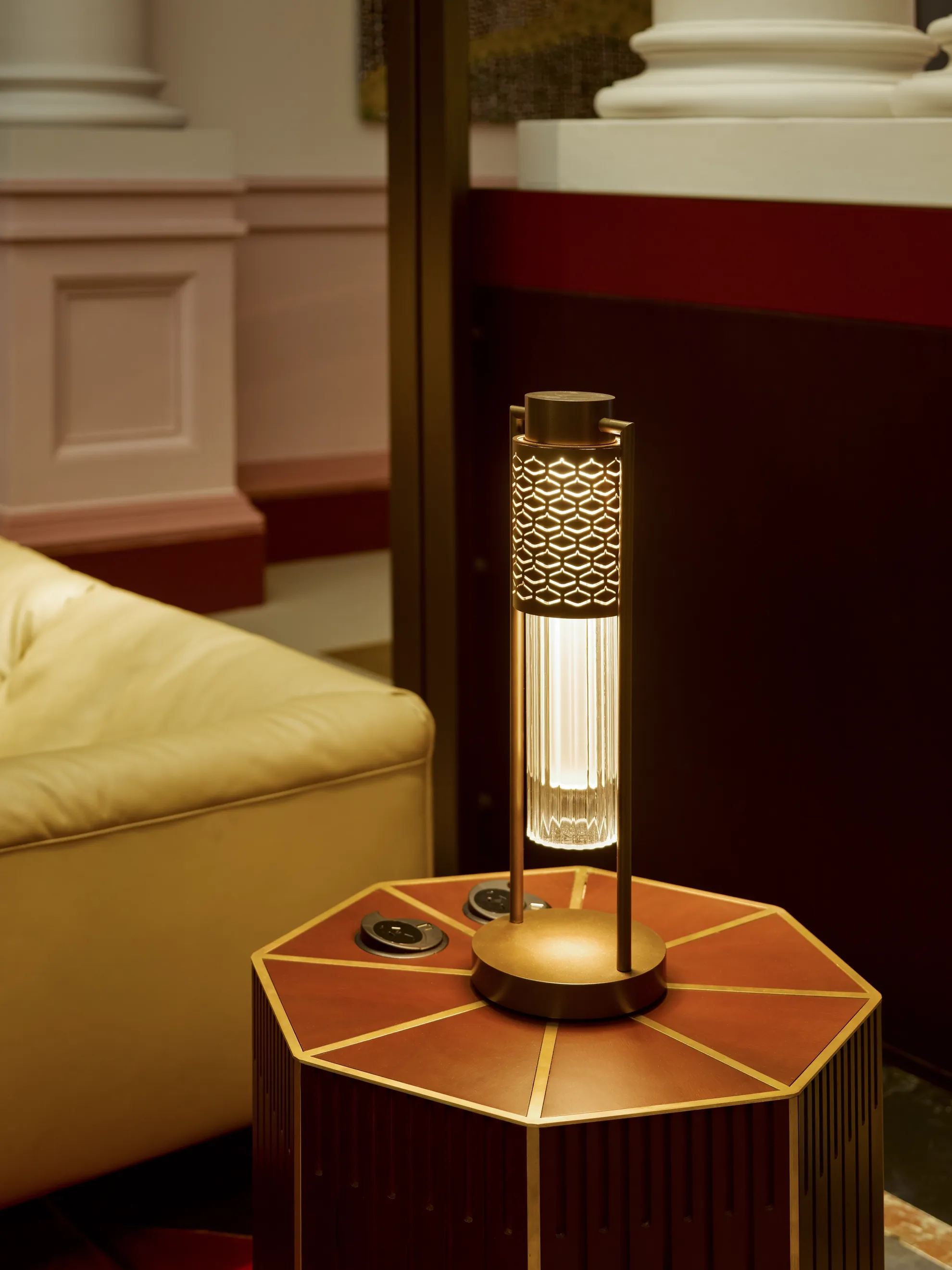

Credits
BVN
Consultants
FDC, NDY, Form Commercial Group, Conrad Gargett Architectus, Savills, Gleeds, Certis, Webb, EnergyPro, Freddy’s Painters, Citibuild, Bligh Tanner, ADG, ANV, Designer Rugs, Milliken, Intralux.
Consultants
FDC, NDY, Form Commercial Group, Conrad Gargett Architectus, Savills, Gleeds, Certis, Webb, EnergyPro, Freddy’s Painters, Citibuild, Bligh Tanner, ADG, ANV, Designer Rugs, Milliken, Intralux.
Photography
David Chatfield
Video
David Chatfield
